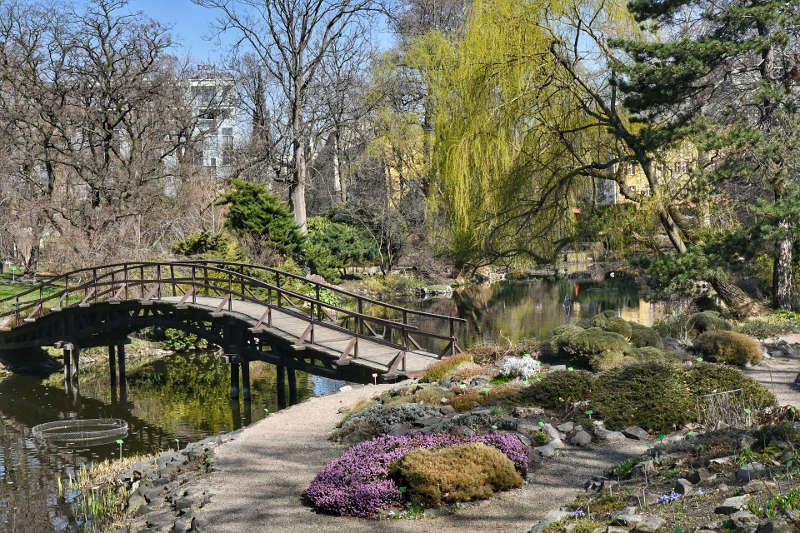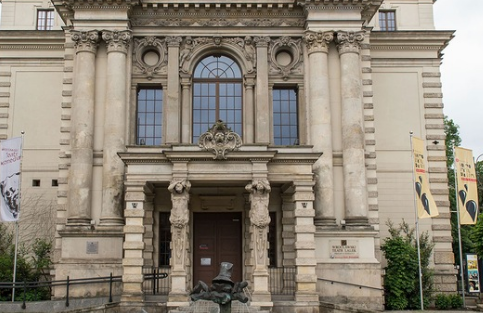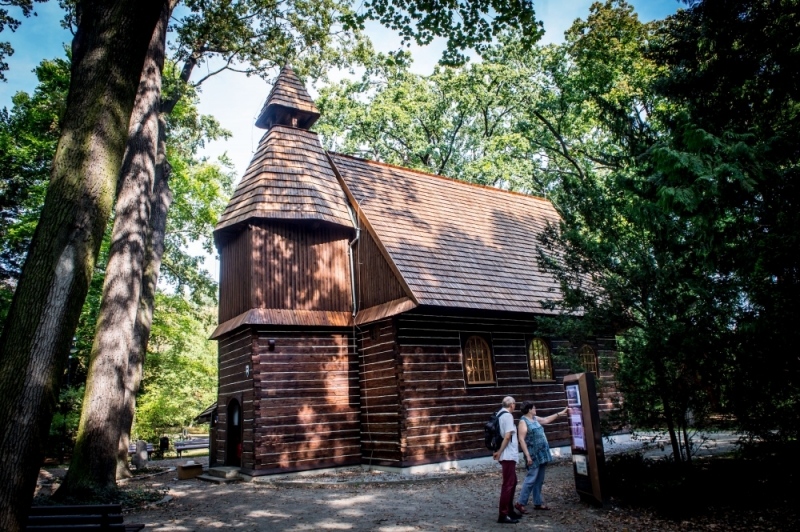Self-check-in for apartments is becoming an increasingly popular check-in method for short-term rentals. As guest arrival and check-in are the most critical part of the customer service journey, many guests remember negative feelings such as slowness of reception staff and thus delay in entering the room. Hence, new ideas to facilitate this procedure are an important step in improving customer service. While hotel self-check-in systems may seem like a futuristic idea, people have been using online check-in for flights for a long time. So it is not a foreign concept, but something that can be easily realized. First of all, it concerns apartments and houses for rent, less often hotels and hostels, becoming a convenience for arriving guests. It allows them to enter the facility more easily, with greater flexibility, without having to wait for the owner of the facility, which was the case with traditional check-in. Below, we will try step by step to describe some of the most important issues regarding possible forms of self check-in.
Types of self check-in - how to check in at Batogospot Apartments?
A locker / key safe – this is a method in which there is a small safe at the entrance door to the apartment / house. Before arriving at such a facility, we receive a code from the owner. To enter the apartment, you need to use the code to open the safe and remove the door keys.
Smartlock – in this case, you won’t find a hiding place at the door. This method requires that the door has a special electronic handle. We also receive a code to the apartment before arrival, which must be entered each time to enter the apartment.
Intercom with a code – this is a method very similar to a smartlock, but here we will use an intercom, on which we will have to enter the code provided to us, thanks to which we will unlock the door.
Self check-in at the apartments - high interaction
While it might seem that offering self-service solutions can minimize interaction with guests, it only leads to a better and more personalized experience. Even though science fiction would like you to believe it, robots don’t take over. They just help us in our daily lives.
Self check-in systems are not intended to reduce staff. In fact, they allow employees the freedom to provide personalized guest services. With less administrative work, employees can focus on important areas, including guests’ concerns and interests. The point is not to show off your gadgets or technology, but to use it to provide the highest quality service.
The advantages of self check-in - why you should choose self check in Batogospot
The ability to check in at any time – this is a huge plus compared to the traditional check-in method. Usually, in the case of hotels, there is a possibility of 24-hour check-in, but it involves an additional fee, as it requires additional working hours for people at the reception. If the facility offers self check-in, check-in is usually possible at any time, as soon as the hotel day begins.
More autonomy – Self check-in facilities will also not limit the hours the hotel door is open, and you can freely enter and exit at any time.
No time is wasted waiting for service – in hotels that use traditional check-in methods, usually every time you leave the hotel, you must leave the keys at the reception and pick them up later. This means that each time we have to wait a while for service. In the case of this modern method, immediately after closing the door, we can run out of the facility without any delay.
Guests do not have to line up at the reception desk. Thanks to the self-check-in system, even in the high season, guests can check-in without undue delay. Most hotels want to provide their guests with a unique service. This service begins the first time customers enter the property, and continues until they check out, and often even longer. The first physical impression an accommodation makes begins at check-in. Some guests are tired after traveling hours. They don’t want to wait in long lines to complete the registration. Other guests must check out quickly to begin their return journey. Self check-in allows guests to enjoy their vacation early, providing a convenient, hassle-free check-in method.
A sense of security – the fact that only we have the keys to the apartment, and the staff does not enter the rented apartment during our stay. It gives the feeling that our property that we leave in a given place will safely wait for our return.
When checking in at Batogospot apartments - remember!
Self check in requires our stay to be prepaid. Usually, facilities provide payment via a booking system or external service such as Booking.com or Airbnb. It should be expected that before paying for the stay, we will not get the details of the rented apartment, such as the exact location and the code for the door handle or safe, for security reasons.
Deposit payment – facilities using this method usually require a deposit before collecting the keys, i.e. at the stage of payment for the reservation. Some facilities will ask you to pay a deposit, others to authorize a card for a given amount. This is a standard procedure to protect the property in the event that a guest loses their keys or damages the property. Therefore, we should not be afraid when the facility informs us about the deposit charged or such information appears on the facility’s website.
Check-in instructions – usually for cottages or apartments for rent, as the staff will not be on site when the guest arrives at the facility, we will be provided with check-in instructions. It will describe how to get to the property, the best entrance to the building and the key collection procedure. It is worth reading it in advance and having it with you to make the check-in as easy as possible.
There is no doubt that self-contained solutions provide guests with a wide range of benefits. This solution will certainly be appreciated by guests and staff due to the freedom this technology offers. Sure, many guests may still feel more comfortable with the typical check-in at reception, but as this check-in method becomes more popular, these feelings will definitely change.
Is self check in safe?
Definitely yes, self check in is the safest method of checking in. By checking in personally, you avoid contact with random people, and thus you do not endanger yourself and your loved ones.
Should you be afraid of paying in advance for your stay?
All payments are monitored in our reservation system, we can issue an invoice for each reservation upon request. Paying the reservation in advance ensures that the reservation is confirmed



